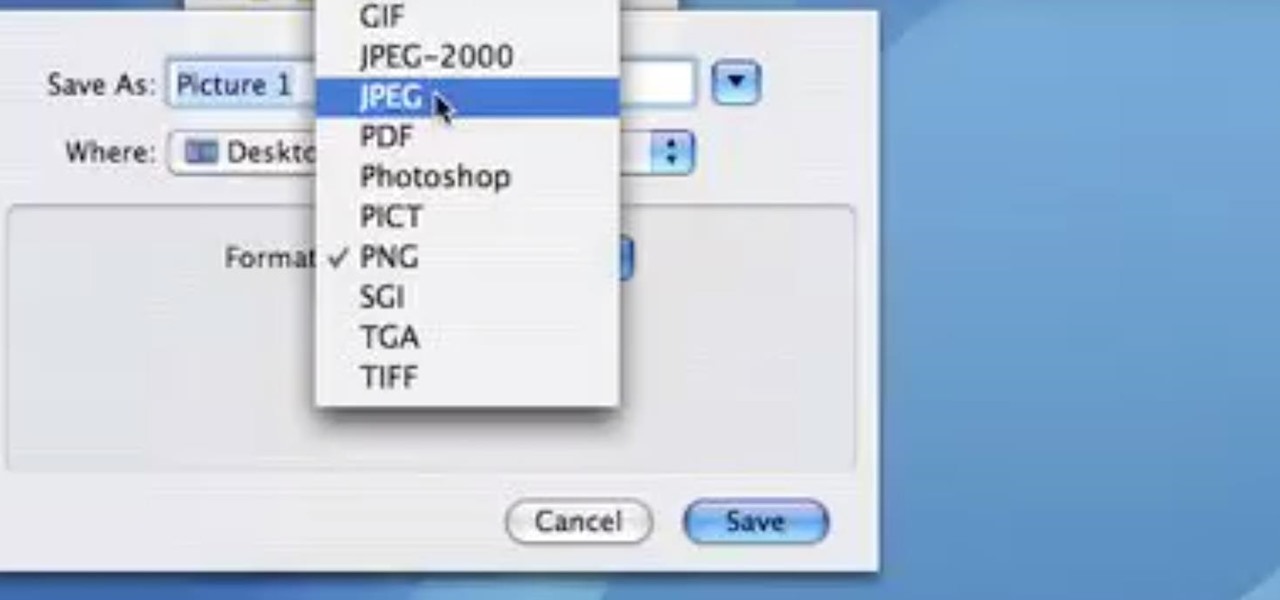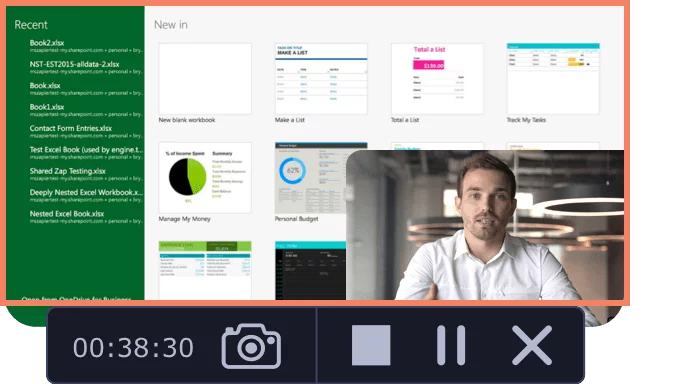Whether you want to save your receipts or share a with the group text, there are a handful of reasons you might need to take a screenshot of your Mac desktop. And the good news is, Apple makes it relatively easy to get that screengrab, with plenty of straightforward options.
The future of how to take a screenshot on a Mac. As you can see from above, learning how to screenshot on Mac isn’t particularly difficult, and screen capture on Mac is now easier than ever thanks to the addition of a dedicated MacBook screenshot and video capture menu in macOS Mojave. A window for screen recording will open. Click the arrow on the right-hand side to change and make desired setting. Click the red 'Record' button to capture videos on Mac. Click the desktop area to capture whole screen or drag the mouse in order to select a customized area for recording. A screenshot you capture this way features a white border around the Window and a bit of a drop shadow. Here's a keyboard shortcut command introduced in Mac OS 10, Mojave, Command-Shift 5.
Here’s a simple guide for getting the job done.
Screenshot using keyboard shortcuts
If you need to take a screenshot of your entire screen, simply hit the command, shift, and number 3 keys simultaneously. Your Mac will capture a shot of your entire screen and save it to your desktop.
Want to take a screenshot of a specific area of your screen instead? Hit the command, shift, and number 4 keys simultaneously. A crosshair cursor will appear, allowing you to drag and select the portion of your Mac screen you want to grab. You can reposition the selection window by holding down the spacebar key. Alternatively, hold down the shift key to lock in the sides of the selection area while being able to position the selection window from one side only.
Let go of the cursor and Mac will automatically take a screenshot of that selected area.
Screen Capture Streaming Video Mac
Screenshot using the Screenshot app
If you have Mojave or a later macOS, you can use the built-in Screenshot app to take a screengrab.
Hit the command, shift, and number 5 keys simultaneously.
At the bottom of your screen, you’ll see the Screenshot control bar. You have options for grabbing a still screenshot and for recording a video. Choose whether you want to “Capture Entire Screen,” “Capture Selected Window,” or “Capture Selected Portion.”
Click on “Options” to see what other preferences you can choose. You can set a countdown timer, decide where to save your screenshot, and choose whether you want to show the mouse cursor in your screenshot.


Hit the “Capture” button to take the screenshot.
Editing your screenshot
Whether you take your screenshot with keyboard shortcuts or the Screenshot app, once you grab your screenshot, a thumbnail will appear in the bottom right of your screen. If you right click or do nothing, the thumbnail will simply save your screenshot.
If you click the thumbnail, you’ll be able to edit the screenshot from a new window. You can also access this window by clicking on the screenshot icon where it’s saved and hitting the spacebar. Then, click on the pen icon on the top right of the menu.

SEE ALSO: Apple's $549 AirPods Max are already sold out for this year
Once you hit the pen icon, from the top menu bar, you’ll see a number of options for editing, including adding text, rotating, and annotating. Make your desired changes, if any, then hit the “Done” button. Your changes will automatically be saved.
Screenshot using the Touch Bar
If you have a MacBook Pro that’s equipped with a Touch Bar, you can take a screenshot using that, too. It will require making some tweaks to your System Preferences, but if you’re regularly taking screenshots, it’s worth the extra effort.
Open System Preferences and navigate to Keyboard.
Hit the “Customize Control Strip” button. You’ll see a list of features you can drag and drop onto the Touch Bar Control Strip. Find the “Screenshot” button and drag it to the Touch Bar.
You’ll see the screenshot option appear in the Control Strip. You can now take a screenshot by tapping on this icon from the Touch Bar. The screenshot will be saved to your Desktop.
The Macintosh operating system has always made it easy to capture a screen shot. A screen shot is an image of your computer desktop or an active window. Here's a summary of all the keyboard shortcuts you can use to capture your screen in Mac OS X.
A. Entire screen:
- To capture the entire screen, press Command-Shift-3. The screen shot will be automatically saved as a PNG file on your desktop with the filename starting with “Picture” followed by a number, example Picture 1, Picture 2, and so on.
- To copy the entire screen, press Command-Control-Shift-3. The screen shot will be placed on your clipboard for you to paste into another program like PowerPoint, Word, Photoshop, etc.
B. Portion of the screen:
- To capture a portion of the screen, press Command-Shift-4. A cross-hair cursor will appear and you can click and drag to select the area you wish to capture. When you release the mouse button, the screen shot will be automatically saved as a PNG file on your desktop following the same naming convention as explained on the first tip above.
- To copy a portion of the screen to the clipboard, press Command-Control-Shift-4. A cross-hair cursor will appear and you can click and drag to select the area you wish to capture. When you release the mouse button, you can paste the screen shot to another application.
C. Specific application window:
- To capture a specific application window, press and hold Command-Shift-4 then tap on the Spacebar. The cursor will change to a camera, and you can move it around the screen. As you move the cursor over an application window, the window will be highlighted. The entire window does not need to be visible for you to capture it. When you have the cursor over a window you want to capture, just click the mouse button and the screen shot will be saved as a PNG file on your desktop.
- To copy a specific application window, press and hold Command-Control-Shift-4 then tap on the Spacebar. The cursor will change to a camera, which you can move around the screen. As you move the cursor over an application window, the window will be highlighted. The entire window does not need to be visible for you to capture it. When you have the cursor over a window you want to capture, just click the mouse button and you can paste the screen shot into another application.
___________________________________________________________
Screen Capture Mac Video Sound
Computing Tips and Techniques are brought to you by the Information Technology Group for the purpose of sharing a wide variety of technology tips with its clients. The collection of these tips are protected by intellectual property rights, such as copyright. All intellectual property rights belong to the manufacturer of the software product in question.